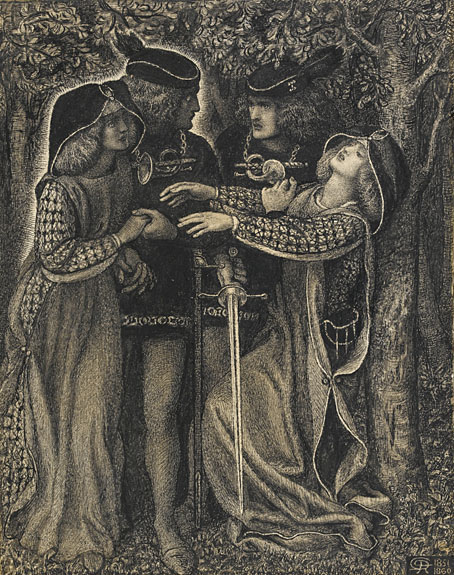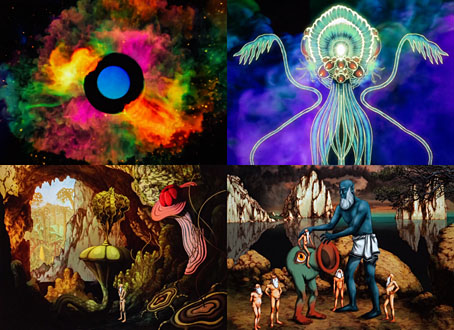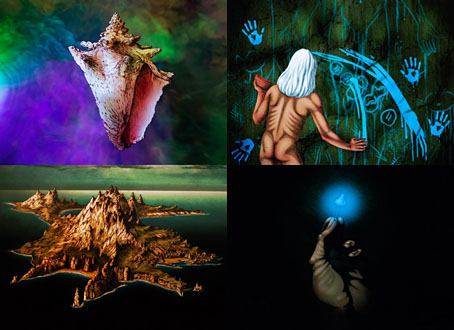New Moon and Evening Star (c.1932) by George Elbert Burr.
• If you’re eager to see a physical copy of the forthcoming Moon and Serpent Bumper Book of Magic then Alan Moore World has screengrabs from a teaser video posted by US distributors Penguin/Random House to the social-media pit formerly known as Twitter. I’ve yet to receive a copy myself so I’m pleased to see the foil overlay on the cover looking as eye-catching as I’d hoped. Library Journal gave the book a starred review earlier this month.
• At Bandcamp: George Grella profiles Material, Bill Laswell’s long-running polycultural ensemble. Two of the albums on this list are all-time favourites of mine.
• Mix of the week: DreamScenes – August 2024 at AmbientBlog.
• The Book of Sand by Jorge Luis Borges: A Hypertext.
• At Unquiet Things: Owls, Bats, and Moths in Art.
• At Dennis Cooper’s: Varvara Stepanova Day.
• Jon Hopkins’ favourite music.
• RIP Gena Rowlands.
• Desert Sands (1958) by Eugene LaMarr and His Magic Accordion | Grains Of Sand (1989) by Opal | Infinite Sands (1997) by Robert Henke











